Supernova Photos: Great Images of Star Explosions
Star Remnants Retain 'Memory' of Explosions
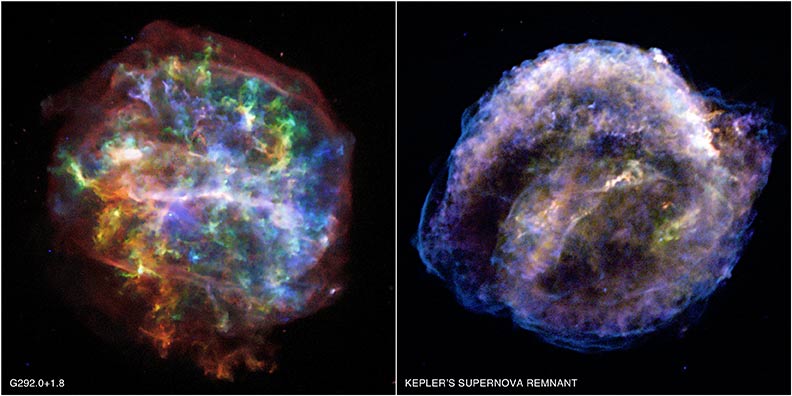
The shapes of supernova leftovers can tell scientists the origin of this explosion, with Type 1a supernova from thermonuclear explosions leaving behind symmetric remnants (right). And supernova created when a massive star collapses tend to leave behind asymmetrical remnants (left).
On 10th Birthday, Chandra Spies Stellar Explosion
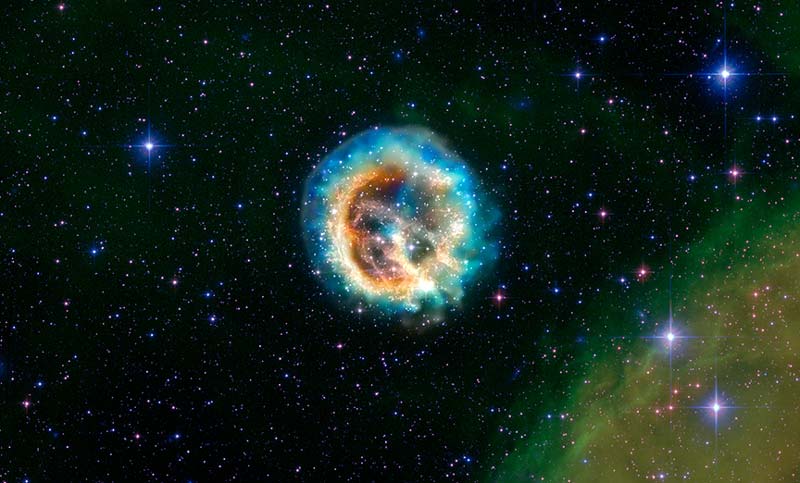
This composite image of X-ray and optical data shows the remnant of supernova 1E 0102.2-7219, about 190,000 light-years away in the Small Magellanic Cloud.
Supernova Blast Wave in Series
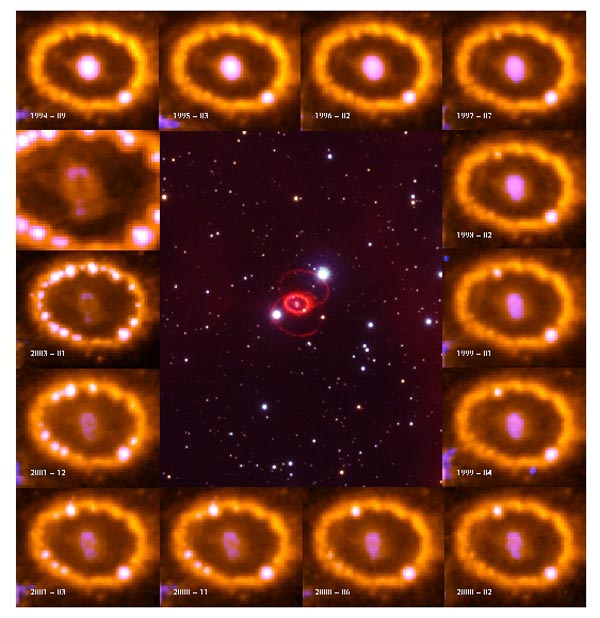
Time-series images made by cameras onboard the Hubble Space Telescope show the evolution of the inner remnant of Supernova 1987A.
Supernova SN 1006
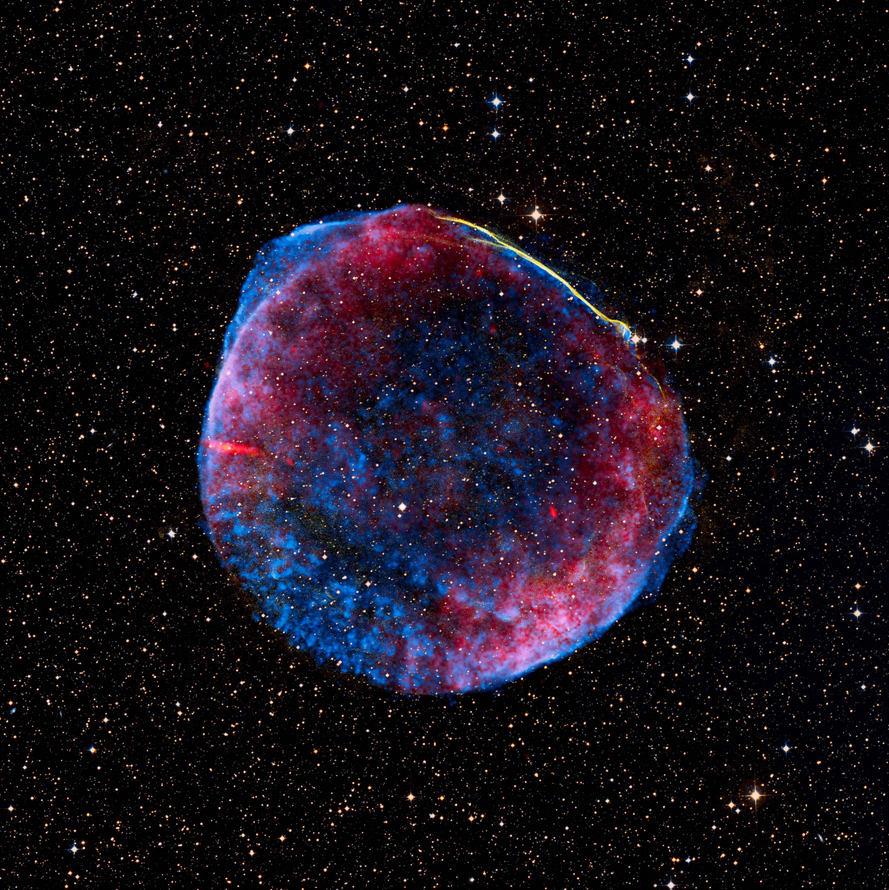
A composite image of the SN 1006 supernova remnant, which is located about 7,100 light-years from Earth. Image released on Sept. 26, 2012.
Supernova 1987A in Large Magellanic Cloud
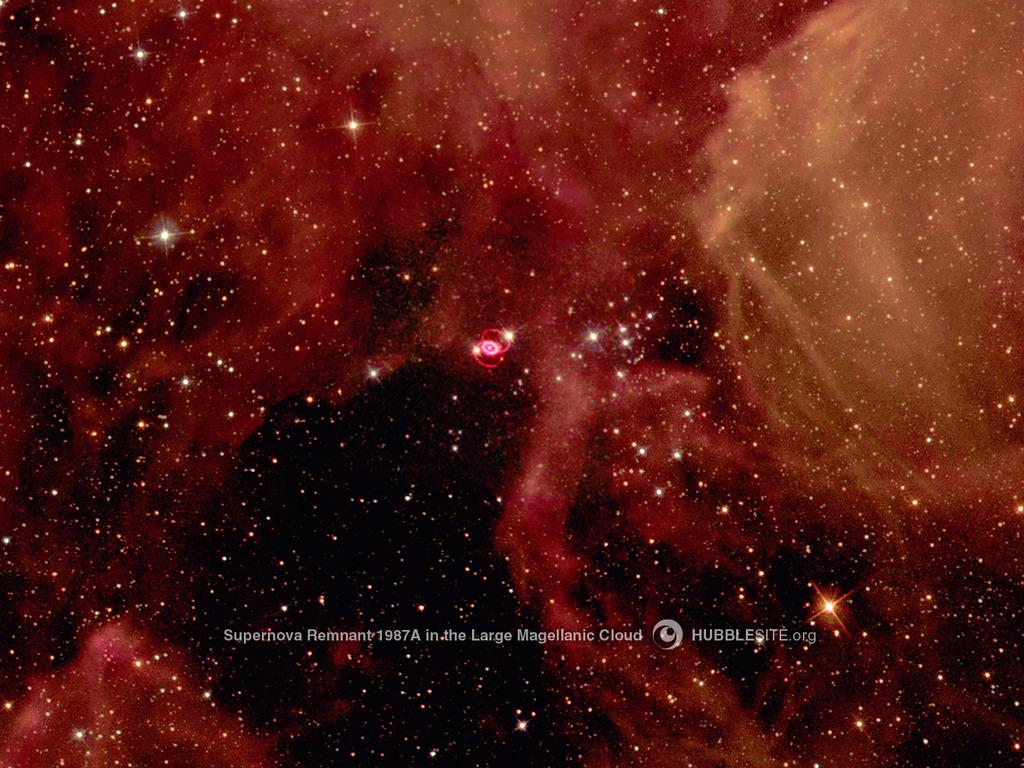
This stunning space image reveals Supernova 1987A in the Large Magellanic Cloud. Glittering stars and wisps of gas create a backdrop for the self-destruction of a massive star.
Remains of Star Supernova SNR 0519
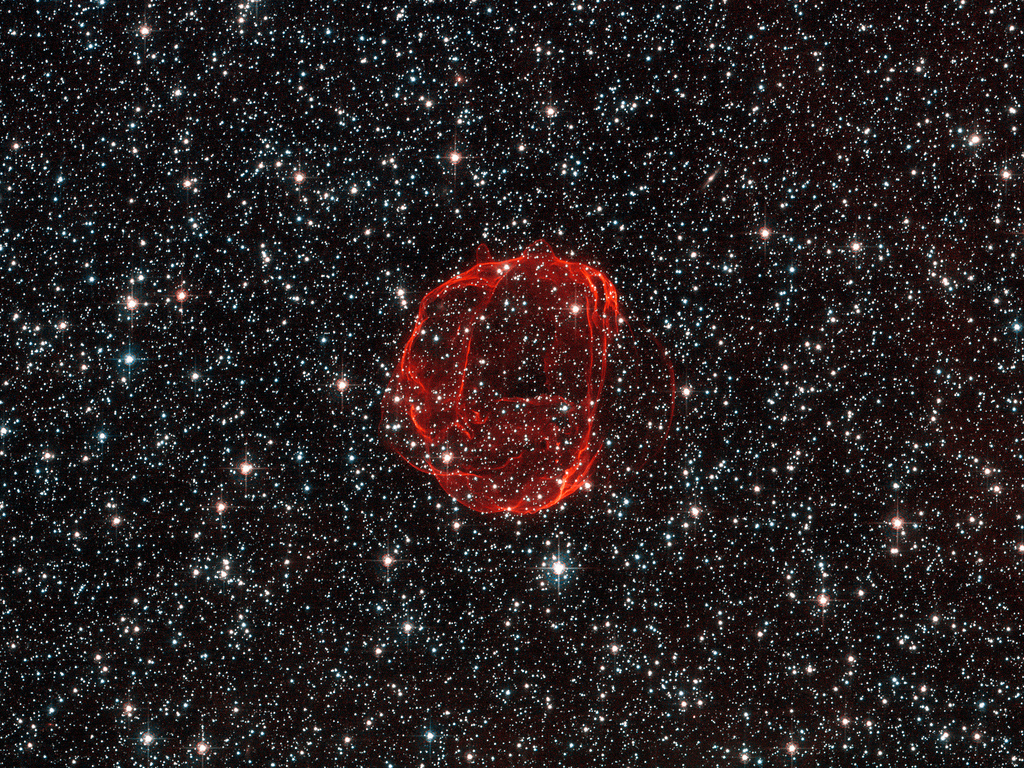
These delicate wisps of gas make up an object known as SNR B0519-69.0, or SNR 0519 for short.
Supernova Sand Grains
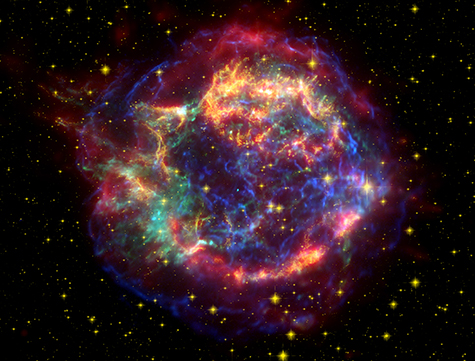
In 2007 NASA’s Spitzer space telescope found the infrared signature of silica (sand) in the supernova remnant Cassiopeia A. The light from this exploding star first reached Earth in the 1600s. The cyan dot just off center is all that remains of the star that exploded.
Get the Space.com Newsletter
Breaking space news, the latest updates on rocket launches, skywatching events and more!
Supernova Remnant Cassiopeia A
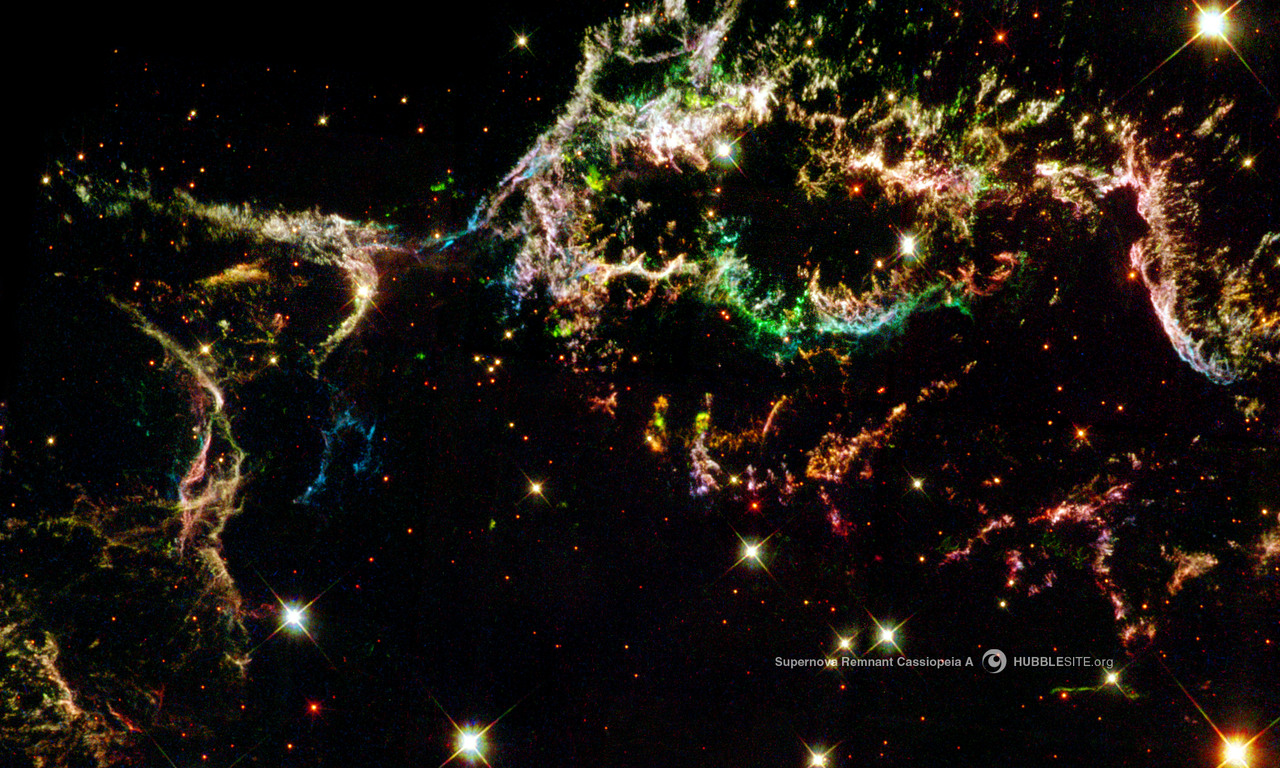
This stunning space image shows the youngest-known supernova remnant in our galaxy, which lies 10,000 light years away in the constellation Cassiopeia. The light from this exploding star first reached Earth in the 1600s.
Supernova Remnant IC 443
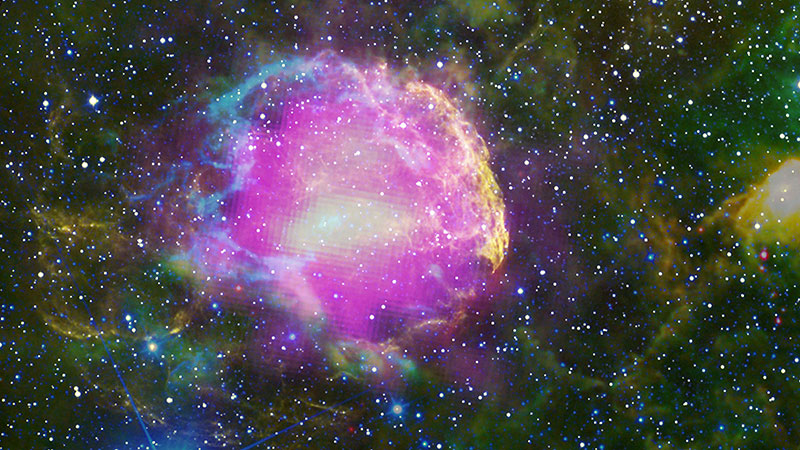
This multiwavelength composite shows the supernova remnant IC 443, also known as the Jellyfish Nebula. Fermi GeV gamma-ray emission is shown in magenta, optical wavelengths as yellow, and infrared data from NASA's Wide-field Infrared Survey Explorer (WISE) mission is shown as blue (3.4 microns), cyan (4.6 microns), green (12 microns) and red (22 microns). Cyan loops indicate where the remnant is interacting with a dense cloud of interstellar gas.
Join our Space Forums to keep talking space on the latest missions, night sky and more! And if you have a news tip, correction or comment, let us know at: community@space.com.

Space.com is the premier source of space exploration, innovation and astronomy news, chronicling (and celebrating) humanity's ongoing expansion across the final frontier. Originally founded in 1999, Space.com is, and always has been, the passion of writers and editors who are space fans and also trained journalists. Our current news team consists of Editor-in-Chief Tariq Malik; Editor Hanneke Weitering, Senior Space Writer Mike Wall; Senior Writer Meghan Bartels; Senior Writer Chelsea Gohd, Senior Writer Tereza Pultarova and Staff Writer Alexander Cox, focusing on e-commerce. Senior Producer Steve Spaleta oversees our space videos, with Diana Whitcroft as our Social Media Editor.









